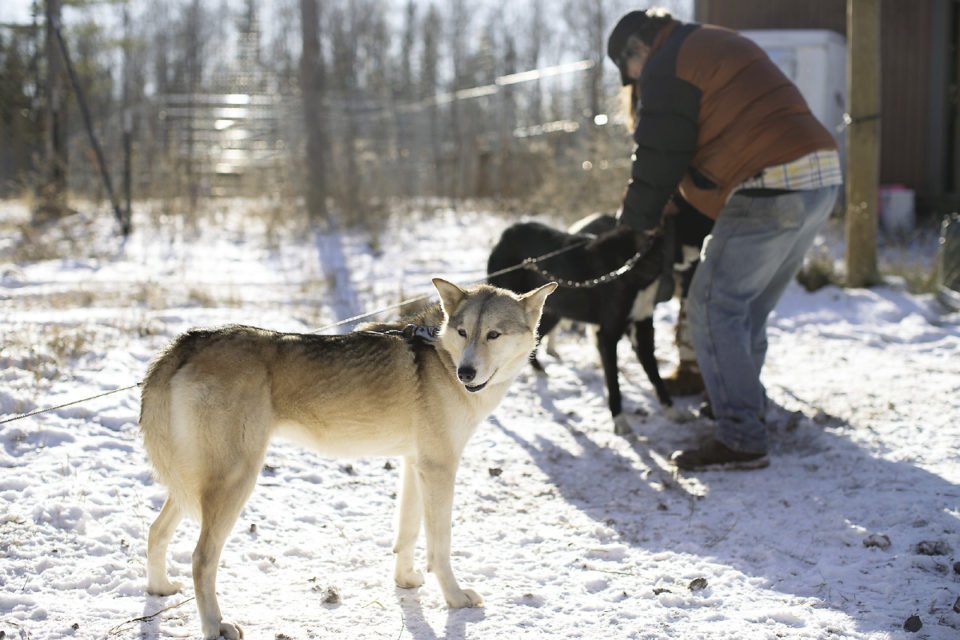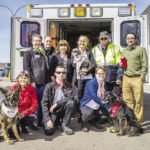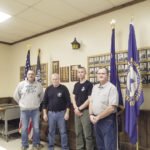Not long ago, traditional working sled dogs—wonderfully big, powerful, tough animals—were the backbone of winter travel, long distance racing and existence across the Arctic. Now in communities across the North snowmobiles have replaced dog teams and traditional life ways have faded, byproducts of colonialism and ensuing identity loss. In the midst of this drifting scape of iPhones and mukluks, small pockets of dedicated folks are keeping traditional dog lines alive.
It all started in 2004 for Cook County resident Linda Newman. Disenchanted with real estate after two decades near the Twin Cities, Newman decided to push aside career cultural expectations and bear down on what mattered: sled dogs.
“I gave up my own firm to go work for somebody else who would give me the winters off and then I started a business because I wanted [the dogs] to pay for themselves,” said Newman.
So, Newman created Points Unknown. Focused on experiential education and lifestyle immersion, Points Unknown revolves around working dogs and off-grid living up the Arrowhead Trail near Hovland.
One morning while reading the Anchorage Daily News in 2004, Newman unearthed an article on the recovery of Hedlund huskies by a woman named Kim Fitzgerald.
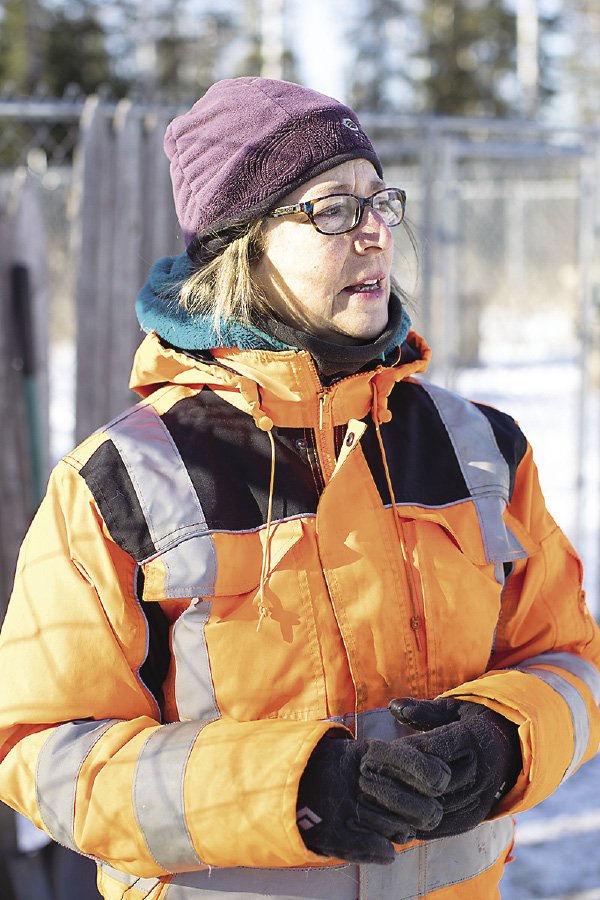
“Again, it is very difficult to find traditional dogs. Very difficult. Now that I have been in it for quite some time, it is such a small, small world,” tells Newman.
Seizing the small opportunity, Newman booked a flight to Alaska to meet Fitzgerald, who had been breeding Hedlund huskies since the late 1980s.
“I went to Alaska to pick up a male from the litter. There were two. A few had died, but the female [Tuloon] picked me. She picked me not in a sit on your lap and cuddle kind of way. It was like an internal thing. But at eight weeks of age, they act like adults. She struck me as an old soul in this little tiny body and did not get into trouble, did not chew things, did not do typical puppy things. She was very old for her young self. And that’s what stuck with me. This is something really interesting.”
Shortly after the impressionable encounter, Fitzgerald and Newman co-founded the Hedlund Husky Preservation Project, which is dedicated to the survival of the historic line of working Alaskan dogs developed by an Athabascan Indian and Yup’ik Eskimo couple. The creators, Rose and Nels Hedlund, developed the breed in the 1940s while living off the land. The duo were known for their “rangy gray dogs” in the Illiamna Lake region and depended on them to hunt, trap, haul wood and deliver mail.
With a recent litter of Hedlund pups, keeping the line alive is looking promising at Points Unknown. Newman now maintains the greatest concentration of Hedlund huskies anywhere in the world. Preserving these dogs requires aggressive spay and neutering, bridging in genetic diversity, and selective breeding to snuff out disease. Because of their Yup’ik and Athabascan origins, Newman plans to respectfully name this batch of puppies after native medicine: sage, sweetgrass and cedar.
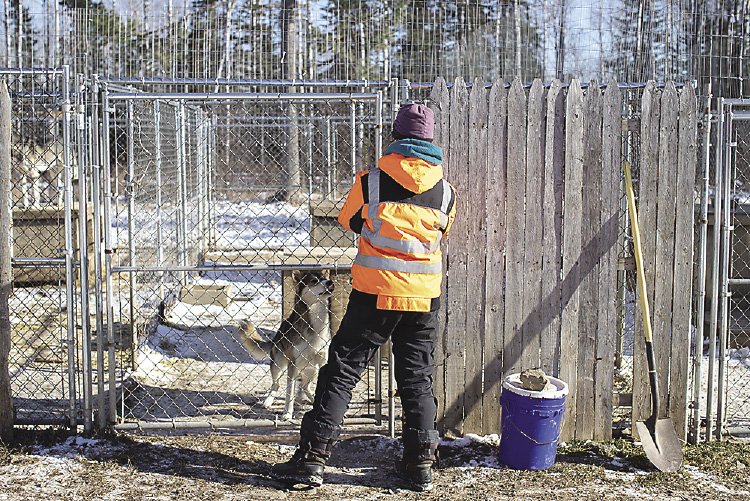
Unfortunately, the reality is the modern high-speed world has left traditional, freight-type, working dogs behind. They no longer fulfill their original roles. However, anyone who owns sled dogs understands the power of intertwining your life with the animals. Having dogs is a specific lifestyle: the location of your property, each step of your day, all aspects of your life deeply bend around the dogs.
Not long after getting involved with the Hedlund Husky Preservation Project, Newman was approached by two school teachers from Naujaat, Nunavut with an idea.
“They wanted to bring the culture back [in their Inuit community]. To bring the culture back, they needed to bring the dogs back.”
So, Newman sent three Canadian Inuit pups to Naujaat to bolster the remnants of the line and support the recovery effort. And it worked. There was deep power in the relationship between Indigenous culture and the dogs. It was built upon thousands of years of intertwining existence in the north land.
Perhaps for that reason folks like Newman or Fitzgerald push hard for the Hedlund huskies’ survival: it is not only the preservation of a dog line, but the preservation of a piece of ourselves.
To learn more about the Hedlund Husky Preservation Project, visit: hedlundhusky.com. To learn more about Points Unknown, visit: points-unknown.com.


